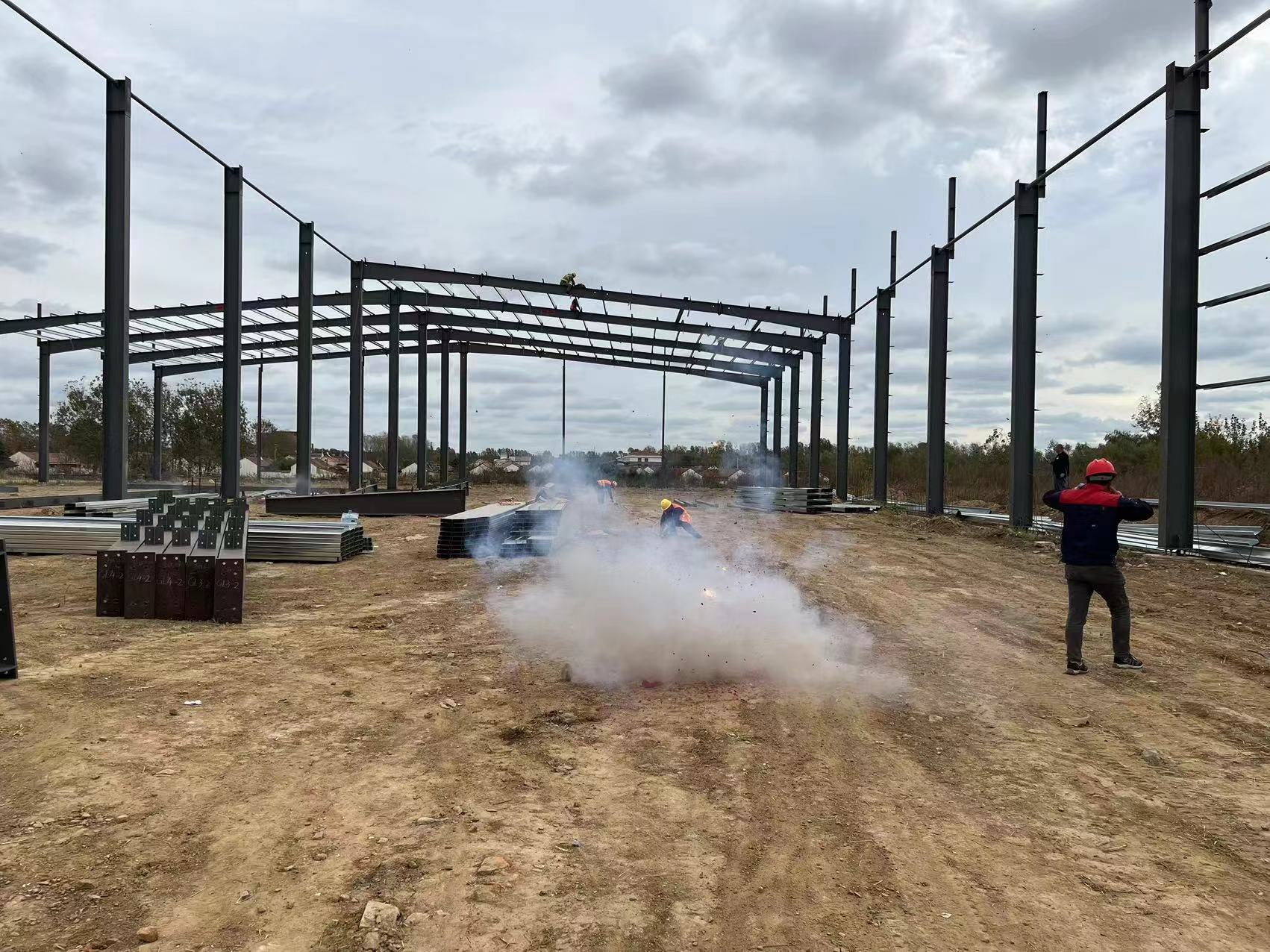Table of Contents
Importance of Moisture-Proofing and Mildew Prevention for Mineral Wool Board
Mineral wool board is a popular building material known for its excellent thermal insulation properties. However, like many construction materials, mineral wool board is susceptible to moisture damage and mold growth if not properly protected. Moisture can seep into the board through cracks, gaps, or improper installation, leading to a host of problems such as reduced insulation efficiency, structural damage, and health hazards from mold exposure.

To ensure the longevity and performance of mineral wool board, it is crucial to implement effective moisture-proofing and mildew prevention measures. There are several methods and technical solutions available to achieve this goal, ranging from proper installation techniques to the use of specialized coatings and sealants.
One of the most important steps in moisture-proofing mineral wool board is to ensure proper installation. This includes sealing all joints and edges with a high-quality sealant to prevent water infiltration. Additionally, it is essential to provide adequate ventilation to allow any trapped moisture to escape, reducing the risk of mold growth.
Another effective method for moisture-proofing mineral wool board is the application of a waterproof coating or membrane. These products create a barrier that repels water, preventing it from penetrating the board and causing damage. Waterproof coatings can be applied to both the exterior and interior surfaces of the board, providing comprehensive protection against moisture intrusion.
In addition to waterproof coatings, there are also specialized sealants available that are specifically designed for mineral wool board. These sealants are formulated to adhere to the unique properties of mineral wool, creating a tight seal that prevents water from seeping in. By using these sealants in conjunction with proper installation techniques, you can significantly reduce the risk of moisture damage and mold growth.
For areas with high humidity or frequent exposure to moisture, it may be necessary to implement additional measures such as installing a vapor barrier or using moisture-resistant insulation materials. Vapor barriers are designed to prevent moisture from passing through walls and Ceilings, protecting the mineral wool board from excess humidity. Similarly, using moisture-resistant insulation materials can help to mitigate the effects of moisture infiltration and reduce the risk of mold growth.
Regular maintenance and inspection are also essential for ensuring the effectiveness of moisture-proofing and mildew prevention measures. Inspecting the mineral wool board for signs of water damage, mold growth, or deterioration can help to identify potential issues before they escalate. Additionally, performing routine maintenance tasks such as cleaning gutters, repairing leaks, and ensuring proper ventilation can help to keep moisture Levels in check and prevent damage to the board.
In conclusion, moisture-proofing and mildew prevention are critical aspects of maintaining the performance and longevity of mineral wool board. By implementing proper installation techniques, using waterproof coatings and sealants, and taking additional measures in high-humidity areas, you can effectively protect your mineral wool board from moisture damage and mold growth. Regular maintenance and inspection are also key to ensuring the continued effectiveness of these measures. By following these guidelines, you can enjoy the benefits of mineral wool board insulation while minimizing the risk of moisture-related issues.

